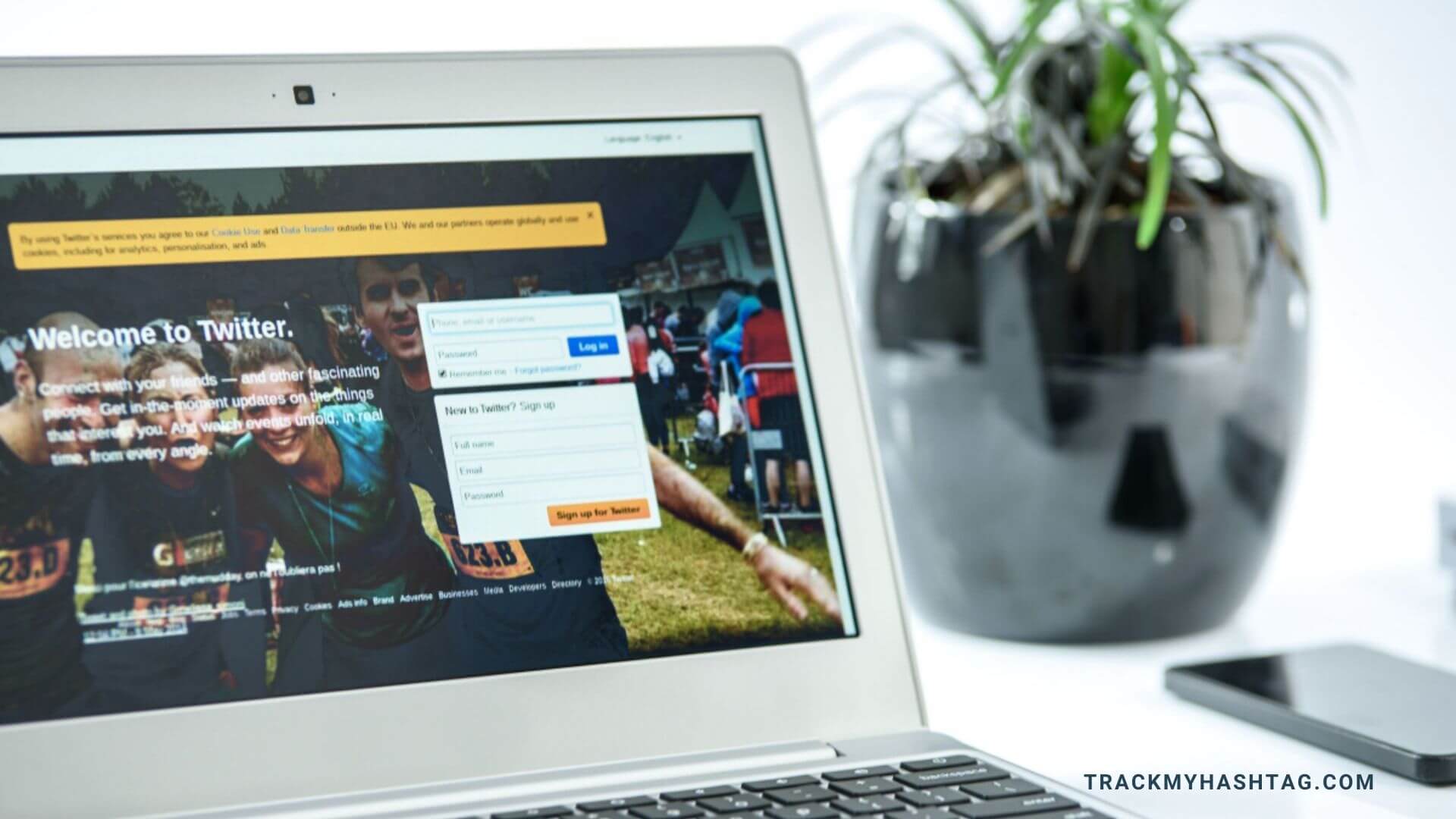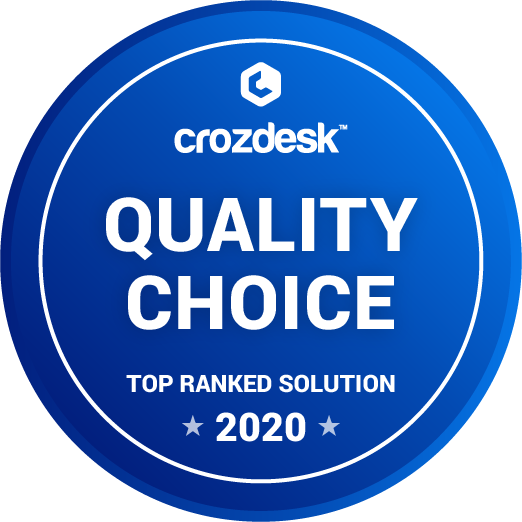
Hashtags play a key role in elevating your brand on social media. Marketers and brands use them to categorize content for audiences with aligned interests. Brands often opt to create their very own Twitter hashtag, making it easier for users to find their content. Engagement is the most important metric and hashtags play a key role in amplifying engagement and reach. But finding the right hashtags to promote your content can be a bit tricky. This is where hashtag analytics tools can help you out.
With such increased use of hashtags, the need for hashtag analytics has gained great prominence. The need for Twitter hashtag analytics tools to identify, track and analyze social media metrics is now more than ever.
Before we dive further into hashtag analytics, let’s check out the history of hashtags.
What is a #hashtag?
It is hardly possible that social media users are oblivious to hashtags. For those unaware of the term, using the hash or pound (#) symbol before a keyword or phrase (#justdoit) is a hashtag.
Origin
Social media is a vast pool of resources, and it is difficult for users to navigate and find relevant content. In the early days, Twitter was facing a similar dilemma.
how do you feel about using # (pound) for groups. As in #barcamp [msg]?
— Chris Messina (@chrismessina) August 23, 2007
Chris Messina suggested the use of hashtags to help differentiate content for users with similar interests.
Benefits of Twitter Hashtag Analytics
Enhance engagement:
Hashtag analytics plays a vital role in planning your Twitter content strategy by identifying trending hashtags and ongoing conversations, which results in increased engagement for your content.
Identify influencers:
Twitter hashtag analytics tools help in identifying influencers who are engaging with your content. Influencers are people who can sway the users’ perspective towards a brand or product. Collaborating with influencers presents an opportunity to target their communities and find potential consumers.
Analyze competitors:
Hashtag analytics tools can analyze the historical and real-time Twitter data of your competitors. It can help you make more informed decisions. Analyzing competitor’s Twitter data helps you in understanding their social media moves. This allows you to implement similar or improved strategies in your Twitter campaigns.
Hashtag analytics also opens doors to potential consumers unsatisfied with the user experience from your competitor’s product or service. Twitter hashtag analytics allows you to track such conversations that contain specific keywords, @mentions, and URLs.
Content strategy:
Twitter hashtag analytics tools provide valuable insights into your audiences. It lets you identify content that resonates along with insights into audience demographics (location, age, gender, income, and ethnicity). The demographics play a huge role in identifying the target audience and tailoring content to maximize engagement.
Lead Generation & conversion rates:
Twitter hashtag analytics offers real-time engagement metrics for your campaign. You can also identify potential leads by analyzing conversations and brand mentions.
Through Twitter hashtag analytics tools, marketers can monitor engagement and conversion rates. They can further optimize strategies if the KPI’s are low.
Twitter Hashtag Analytics: Hashtag Marketing Strategy
Hashtags are the most potent way to generate awareness, but we can also target specific audiences with them.
Here are some of the most effective strategies. You can implement them on Twitter to maximize the success of your Twitter campaigns.
- Perform thorough research: The foremost thing to do before planning a strategy is research. Historical and real-time analytics performance metrics from Twitter can provide you numerous insights. It can help you formulate effective Twitter strategies that can increase your social ROI.
- Tool: A third-party hashtag analytics tool is essential to perform research. Our guide offers the top 10 best hashtag analytics tools to consider. Consider the set of features and pricing before finalizing the tool for analytics.
- Find trending hashtags: Twitter is the noisiest social media platform that has an abundance of content. Hashtags are the only way to categorize content on Twitter. It makes it easier for users to navigate and find relevant content. Hashtag analytics can help you identify and track trending keywords related to your domain to boost your engagement.
- Identify trending conversations: A Twitter hashtag analytics tool can help you uncover trending conversations, tweets, and more. Taking part in these conversations can help you in increasing the reach and overall impression of your brand.
- Identify the target audience: Social media is a digital world with millions of users. Twitter reported 330 million active users worldwide in 2019. The number is enormous, and so are the prospects for potential consumers. An analytics tool can help you analyze Twitter data, thus identifying the target audience interested in your product and services.
- Track your hashtags with the most engagement: Marketers and brands must analyze their historical Twitter data to identify content with the most engagement. It helps in creating content users are more likely to engage with.
Important hashtag analytics metrics
- Popularity: Marketers and brands should check the popularity of a hashtag before using them along with the content. Using popular hashtags from trending conversations on social media will lead to more engagement and reach for your brand. Just make sure you are not spamming users with unrelated hashtags. It can create a wrong impression and supposedly tarnish the reputation of your brand.

- Reach and impressions: It is essential to know the reach of your content while promoting a brand. If the reach is low, then you are not using the right hashtags. Twitter hashtag analytics can help you track the reach and impressions.

- Engagement: Engagement is one of the most crucial performance indicators. If analyzed correctly, it can open new marketing horizons that bring in prospective customers and also improve the overall brand awareness. It can also go a long way in driving traffic to your brand’s website and other social media channels.

- Users: It is essential to track hashtags used by users related to your domain. Using hashtags that are popular among users will increase engagement and help build conversations for your brand. Twitter hashtag analytics tools can help you identify the popular keywords used by Twitter users. Using these keywords can help in increasing the SEO rankings for your content.

Types of hashtags to use
- Branded: A branded hashtag is when a brand creates its signature hashtag to represent the brand on social media. It makes it easier for users to find content, engage or share user experiences. It can also work as an effective customer support mechanism.

- Event & Campaign: An event hashtag is used to promote events aimed at enhancing public relations with the community. It also helps in encouraging users to take part in the event (#oscars).
 Whereas, a campaign hashtag is a purpose-driven marketing effort to increase engagement and promote a brand’s products and services (#ShareACoke).
Whereas, a campaign hashtag is a purpose-driven marketing effort to increase engagement and promote a brand’s products and services (#ShareACoke). - User-generated: User-generated hashtags are created and popularized by the Twitterverse. They have the potential to become a viral sensation. Brands must track and use the user-generated keywords to build engagement.

- Trending: These hashtags are highly-popular among Twitter users. Brands must track and identify relevant trending hashtags to post along with the content. It not only increases the potential reach and impressions but also helps in generating awareness among users.

Non-branded hashtags and trending conversations
Trending topics:
If a small business or startup is looking to promote their product on social media, engaging in trending topics related to their domain is a viable option. These trending topics can help you generate awareness and promote your product (#BrandsTalkTwitter).
Relevant hashtags:
Using trending hashtags can provide a significant boost to your Twitter campaign. But, brands should refrain from using unrelated trending hashtags to promote their brand. It can damage the brand’s image and could lead to a decrease in engagement. Click here to check out the hilarious hashtag fails on Twitter.
No of hashtags:
Using hashtags can indeed increase engagement by up to 50%. But their number varies on all social media platforms. It is recommended that you use 1-2 hashtags on Twitter for maximum engagement.
Engage with your audience:
Influencers are important, but so are the customers. It would be unwise to overlook customers that frequently engage with your content. Track and engage in conversations with customers that mention your brand in their tweets. You can also follow back those engaging customers to show a sense of appreciation.
User-generated content:
User-generated content is great for promoting your brand, where users share their experiences and stories with the brand’s hashtag. The content provided by the users can be an excellent marketing resource that can propel your brand to success.
Find the right influencers with Twitter hashtag analytics
Twitter influencers have the power to sway user’s decisions in their favor.
- Identify influencers with hashtag analytics: Twitter hashtag analytics tools can identify the influencers engaging with your brand on social media. These influencers can promote your products in their communities thus generating new potential customers for brands.

- Analyze followers and collaborate: You must perform Twitter analytics for the follower-base of the influencers due to the recent surge in influencers with fake followers. Also, the follower base of every influencer might not provide prospective customers or an audience that is interested in what you offer.
Measure social media engagement metrics in real-time with hashtag analytics
After planning and implementing your social media strategy, marketers and brands must track the performance metrics in real-time.
- Evaluate your reach and impressions: Twitter hashtag analytics tools can help you track and monitor the reach and impressions of a campaign in real-time and brands can optimize strategies if the engagement rates are lower than predicted. You can also measure the reach and impressions of your competitors’ social media strategy and tailor your content accordingly.

- Optimize your posting time: Brands must monitor the engagement and determine the time-frame in which the audience is online and provides the desired engagement. The average lifespan of a tweet is between 15-20 minutes. Brands must find the optimum time to tweet or else it might get lost in the content pool of a user’s Twitter feed.
 Twitter hashtag analytics tools can help you identify content that works best and is appealing to the target audience. Brands should leverage the analytics to find topics that the audience finds interesting and engaging.
Twitter hashtag analytics tools can help you identify content that works best and is appealing to the target audience. Brands should leverage the analytics to find topics that the audience finds interesting and engaging.

- Know your audience: Through Twitter hashtag analytics tools, brands can understand the likes, dislikes, and preferences of the target audience. It can help you in tailoring products and services that are tempting to the audiences.

Start monitoring your KPI’s with hashtag analytics
As you are now aware of the benefits of Twitter hashatg analytics, you can now start testing and tracking your social media efforts through TrackMyHashtag.
It is an amazing Twitter hashtag analytics tool that can analyze historical and real-time performance metrics. The insights gained after analyzing the data can significantly boost your social media engagement and the conversion rates for your brand.
TrackMyHashtag offers a 5-day free trial. Pricing starts at $49 per month.
Give it a try! See you next time.
Shivam is a capable substance essayist who enthusiastically makes enlightening and intriguing articles. Shivam has a curious psyche and a hunger for learning. Shivam is a reality lover who loves to uncover captivating realities from a large number of subjects. He solidly accepts that learning is a deep-rooted excursion and he is continually looking for valuable chances to expand his insight and find new realities. So make a point to look at Shivam’s work for a brilliant perusing.






